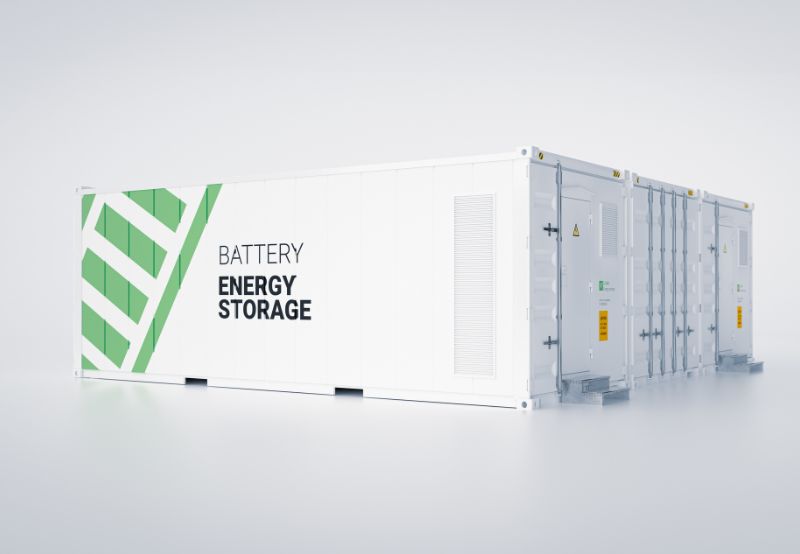Rotomag Acquires 51% Stake in Power Converter Manufacturer Statcon
The two companies aim to develop and deploy MW-scale BESS
August 26, 2025
Follow Mercom India on WhatsApp for exclusive updates on clean energy news and insights
Power converter manufacturer Statcon Energiaa has secured an investment from Rotomag Enertec, providing the latter with a 50.99% stake in the company.
The two companies aim to develop and deploy MW-scale battery energy storage systems (BESS), among other things, following the investment’s finalization.
Statcon Energiaa designs, manufactures, and commercially sells on-grid solar inverters. Its solutions cater to green hydrogen, railways, defense, and the power sectors.
The company said it recently finalised a licensing contract with AEG PS, Germany, to develop rectifier systems for electrolyzers used in green hydrogen production.
The investment will be used to scale up Statcon’s solutions.
The two companies aim to pursue the following goals:
- Development and deployment of next-generation MW-scale BESS
- Scaling indigenized solar inverter production, specifically for hybrid and three-phase on-grid systems
- Increasing efforts in the green hydrogen rectifier space
- Conducting joint research and development for advanced energy solutions using lithium-ion batteries
- Expansion into international markets, focusing on Asia, Africa, and the Middle East
As India’s power grid becomes increasingly complex due to rising renewable energy penetration, the need for a stable grid has never been more pressing. With the growing share of variable solar and wind power in the energy mix, BESS is emerging as a critical enabler, helping bridge the gap between generation and consumption while maintaining grid balance.
According to the National Electricity Plan issued by the Central Electricity Authority, India will require nearly 74 GW of storage capacity, amounting to over 411 GWh by 2032. This capacity is essential to integrate an anticipated 364 GW solar and 121 GW wind capacity.
Earlier this year, the Ministry of Power mandated that co-located energy storage systems with a minimum two-hour capacity, equivalent to 10% of the installed solar capacity, be included in all future solar tenders. This directive targets strengthening grid reliability and supporting the country’s goal of achieving 500 GW of renewable energy capacity by the end of this decade.
The energy storage requirement is expected to address intermittency challenges and provide critical support during peak demand hours. Renewable energy implementing agencies may explicitly include this provision in bid documents to ensure storage availability during non-solar hours.
